Furnace Maintenance Checklist for Cold Weather in the GTA is your essential guide to keeping your heating system running efficiently through Ontario’s harsh winters. This comprehensive checklist for furnace maintenance is specifically tailored for the Greater Toronto Area’s (GTA) cold climate, detailing exactly when to do furnace maintenance for peak performance. Whether you need an oil furnace maintenance checklist or a complete fall HVAC maintenance checklist, proper preparation prevents costly breakdowns and ensures your family stays warm.
Understanding furnace clearance requirements Canada and following a thorough furnace installation checklist protects your investment and maintains safety standards. Every homeowner needs an annual furnace maintenance checklist to meticulously prepare their heating unit and understand what a professional furnace inspection report must include. Throughout this guide, we’ll explore critical maintenance steps, proper furnace clearances, seasonal timing strategies, and professional inspection standards to help you maximize efficiency and extend your furnace’s lifespan.
Understanding the Importance of Regular Furnace Maintenance
Regular furnace maintenance isn’t just a recommendation—it’s a necessity for homeowners in the GTA. The region experiences winter temperatures that frequently drop below -15°C, placing enormous demands on heating systems. A well-maintained furnace operates up to 30% more efficiently than a neglected one, according to Natural Resources Canada, translating directly into lower energy bills and improved home comfort.
Beyond cost savings, maintenance dramatically reduces the risk of carbon monoxide leaks, a silent danger that claims lives every year. The Canadian Standards Association (CSA) emphasizes that annual professional inspections can identify potential safety hazards before they become critical. Additionally, most furnace manufacturers require documented annual maintenance to keep warranties valid, making regular service a financial safeguard as well.
SANO HEATING LTD has served Ontario homeowners for years, understanding exactly what local heating systems need to survive and thrive through brutal Canadian winters. Their expertise ensures that every maintenance visit addresses both immediate concerns and long-term reliability.
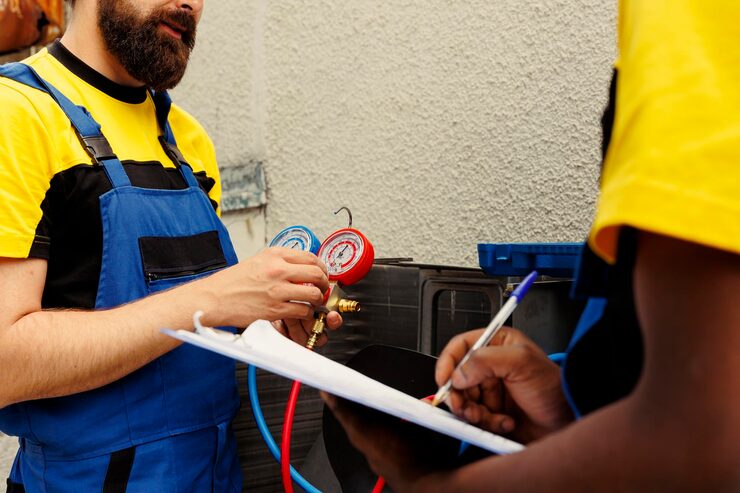
When to Do Furnace Maintenance: Optimal Timing for the GTA
Timing your furnace maintenance correctly makes all the difference. The ideal window for scheduling your annual service is late September through early October, before the first cold snap arrives. This timing allows you to address any issues discovered during inspection before you desperately need heat.
Many homeowners make the mistake of waiting until their furnace fails to call for service. During peak winter months, HVAC contractors experience overwhelming demand, leading to wait times of several days or even weeks. By scheduling maintenance during the shoulder season, you ensure priority service and avoid emergency rates.
For those with oil furnaces, spring maintenance after the heating season ends provides an additional opportunity to assess wear and tear. This dual-maintenance approach—fall preparation and spring assessment—maximizes equipment longevity and catches problems early. The Canadian Home Builders’ Association recommends marking your calendar annually to avoid forgetting this critical home maintenance task.
Also Read: Emergency Heating Repair in Ontario: What to Do When the Heat Stops
Comprehensive Checklist for Furnace Maintenance
A thorough furnace maintenance routine covers multiple critical components. Start with the air filter, which should be inspected monthly during heating season and replaced every one to three months depending on usage and household conditions. Homes with pets, allergies, or high dust levels require more frequent changes.
Next, examine the thermostat calibration to ensure accurate temperature readings. A thermostat reading even 2-3 degrees off can cause significant comfort issues and energy waste. Test all settings, including programmable features, to verify proper operation throughout the day and night.
Inspect all visible ductwork for gaps, disconnections, or damage. Even small leaks can reduce system efficiency by 20-30%, forcing your furnace to work harder and consume more fuel. Seal any gaps with appropriate mastic or metal-backed tape—never standard duct tape, which deteriorates quickly.
Check the furnace area for proper clearances and remove any stored items, cleaning supplies, or flammable materials. Carbon monoxide detectors should be tested monthly, with batteries replaced annually. These simple steps create a foundation for safe, efficient operation throughout winter.
Oil Furnace Maintenance Checklist: Specialized Procedures
Oil furnaces require additional attention beyond standard gas furnace maintenance. Begin by inspecting the fuel tank for signs of rust, leaks, or water contamination. Water in fuel tanks causes operational problems and can lead to expensive repairs. Check the tank’s structural integrity, especially if it’s older than 15 years.
The oil nozzle requires annual replacement as part of routine maintenance. This small component atomizes fuel for efficient combustion, and wear significantly reduces efficiency. Professional technicians replace the nozzle, adjust combustion settings, and measure efficiency using specialized equipment.
Examine the burner assembly for soot buildup, which indicates incomplete combustion. Clean burner components ensure complete fuel burning, maximizing heat output while minimizing emissions. The heat exchanger should be inspected for cracks or deterioration—any damage here presents a serious safety hazard requiring immediate attention.
Fuel filter replacement is another critical step unique to oil systems. Clogged filters restrict fuel flow, causing operational issues and potential system shutdowns. Most manufacturers recommend filter changes annually, though some situations warrant more frequent replacement based on fuel quality and system age.
Fall HVAC Maintenance Checklist: Preparing for Winter
Your fall preparation routine should begin with a complete system startup test. Turn on your furnace for the first time and observe its operation carefully. Listen for unusual noises, smell for burning dust (normal on first startup), and verify that warm air flows from all registers within 15-20 minutes.
Inspect and clean floor registers and return vents throughout your home. Blocked vents force your system to work harder, reducing efficiency and potentially causing overheating. Furniture, curtains, and carpets commonly obstruct airflow without homeowners realizing the impact on system performance.
Test your emergency shutoff switches to ensure they function correctly. Every furnace should have an easily accessible emergency switch, typically located at the top of basement stairs. Family members should know its location and purpose for safety.
Schedule your professional inspection during this period, allowing technicians to perform detailed testing, cleaning, and adjustments. Professional service includes tasks homeowners cannot safely or effectively complete themselves, such as combustion analysis, heat exchanger inspection, and system calibration.
Understanding Furnace Clearance Requirements Canada
Canadian building codes establish strict furnace clearances to prevent fire hazards and ensure safe operation. Standard requirements mandate minimum distances between furnaces and combustible materials, typically 6 inches for modern high-efficiency units and up to 18 inches for older models. These specifications vary based on furnace type, fuel source, and manufacturer recommendations.
Furnace clearance requirements Canada also address venting systems. Direct-vent and sealed combustion systems have different clearance needs than traditional chimney-vented units. Provincial building codes, which incorporate National Building Code standards, specify exact measurements for combustion air intake, exhaust termination, and proximity to windows, doors, and property lines.
Understanding these requirements becomes particularly important during renovations or when adding storage in mechanical rooms. Many homeowners inadvertently violate clearance codes by storing items too close to heating equipment, creating serious fire risks. Annual inspections should always include clearance verification to maintain safety and code compliance.
The Canadian Standards Association provides detailed guidelines that supersede general recommendations. Always consult current CSA standards or qualified professionals when questions arise about specific clearance situations. SANO HEATING LTD ensures all installations and maintenance work meets or exceeds these stringent Canadian safety requirements.
Furnace Installation Checklist: What Proper Setup Requires
Even with an existing system, understanding the furnace installation checklist helps homeowners recognize quality work and identify potential problems. Proper installation begins with correct equipment sizing, calculated using Manual J load calculations that account for home size, insulation levels, window quality, and local climate data.
Ductwork design and installation critically impacts system performance. Properly sized, sealed, and insulated ducts deliver conditioned air efficiently throughout your home. Undersized ducts create excessive static pressure, while oversized ducts allow air to move too slowly, causing temperature stratification and comfort problems.
Electrical connections must meet Canadian Electrical Code standards, with proper overcurrent protection and disconnect switches. Gas line installation requires precise sizing and pressure testing to ensure safe, reliable fuel delivery. Oil lines need proper slope, support, and protection from physical damage.
Finally, the combustion air and venting system must be installed exactly according to manufacturer specifications and building code requirements. Incorrect venting causes dangerous exhaust spillage, while inadequate combustion air leads to incomplete burning and carbon monoxide production. Professional installation ensures these critical safety systems function correctly from day one.
Annual Furnace Maintenance Checklist: Complete Professional Service
A comprehensive annual furnace maintenance checklist performed by qualified technicians includes numerous detailed procedures. Professional service begins with a complete visual inspection of all accessible components, checking for signs of wear, corrosion, or damage that might indicate developing problems.
Technicians perform combustion analysis using specialized equipment to measure efficiency and ensure complete fuel burning. This testing identifies issues invisible to visual inspection, such as improper air-fuel ratios or deteriorating burner performance. Adjustments optimize efficiency and reduce emissions to meet environmental standards.
The heat exchanger inspection ranks among the most critical maintenance tasks. Cracks or holes in heat exchangers allow combustion gases to mix with household air, creating life-threatening carbon monoxide exposure. Professional inspection using cameras or mirrors examines areas homeowners cannot safely access.
Blower motor maintenance includes cleaning, lubrication (if applicable), and electrical connection verification. The blower moves air through your home, and any degradation in its performance directly affects comfort and efficiency. Technicians measure amperage draw to identify motors approaching failure before they quit entirely.
Additional professional tasks include flame sensor cleaning, inducer motor inspection, condensate drain clearing, and safety control testing. Each component plays a vital role in safe, efficient operation. Documentation of all work performed creates the official furnace inspection report required for warranty claims and insurance purposes.
Also Read: Signs Your Furnace Needs Repair Before Ontario’s Winter Sets In
Interpreting Your Furnace Inspection Report
Understanding your furnace inspection report empowers informed decision-making about repairs and replacements. Professional reports should document all tests performed, measurements recorded, and observations made during the inspection process. Look for sections covering efficiency ratings, safety test results, and component condition assessments.
Efficiency measurements compare your system’s actual performance against its rated specifications. Significant efficiency loss indicates wear or adjustment needs. Many technicians include recommendations for improvements, from simple filter upgrades to complete system replacement based on age and condition.
The safety section deserves particular attention. Any mention of carbon monoxide detection, flame rollout, cracked heat exchangers, or venting problems requires immediate action. Never delay addressing safety concerns—the risks far outweigh any repair costs.
Component condition ratings help predict future maintenance needs and plan for eventual replacement. Terminology like “serviceable,” “monitor,” or “requires replacement” indicates urgency levels. Quality contractors explain findings clearly, answering questions and providing written estimates for recommended work without pressure tactics.

Verifying Proper Furnace Clearances During Maintenance
Every maintenance visit should include furnace clearances verification to ensure ongoing safety compliance. Measure distances between your furnace and nearby walls, stored items, and combustible materials. Building codes exist for good reason—they prevent fires and ensure adequate ventilation for proper combustion.
Pay particular attention to clearances around venting components. Exhaust terminals must maintain specified distances from windows, doors, porches, and property lines. Snow accumulation during winter can block intake or exhaust vents, causing system shutdowns or dangerous exhaust spillage into your home.
Inside mechanical rooms, maintain clear pathways for service access. Technicians need adequate space to work safely and efficiently. Cluttered mechanical rooms slow maintenance work and increase service costs while potentially hiding developing problems.
Document your clearances with photographs annually. This practice creates a reference for future comparisons and demonstrates diligence should insurance or code compliance questions arise. Understanding specific furnace clearances is a vital part of the comprehensive maintenance routine, supplementing the essential items on your detailed fall HVAC maintenance checklist.
Common Furnace Problems and Prevention Strategies
Proactive maintenance prevents most common furnace failures. Ignition problems often stem from dirty flame sensors or failed ignitors. Regular professional cleaning and timely component replacement keep ignition systems reliable. Modern electronic ignition systems are more efficient than standing pilot lights but require proper maintenance.
Airflow restrictions cause numerous problems, from frozen evaporator coils to cracked heat exchangers. Beyond filter changes, ensure all registers remain open and unblocked. Closing too many vents to “save energy” actually reduces efficiency and can damage your system.
Thermostat malfunctions frustrate homeowners and waste energy. Beyond dead batteries, improper location causes problems. Thermostats near drafty windows, exterior doors, or heat sources cannot accurately measure home temperature. Professional installation ensures optimal thermostat placement and configuration.
Limit switch failures occur when furnaces overheat due to restricted airflow or mechanical problems. The limit switch serves as a critical safety device, shutting down burners when temperatures exceed safe levels. Regular maintenance catches conditions that stress limit switches before failures occur.
Energy Efficiency Tips for GTA Winters
Maximizing furnace efficiency reduces energy costs while maintaining comfort through Ontario’s coldest months. Start with home insulation improvements. The Canada Mortgage and Housing Corporation recommends R-50 attic insulation for the GTA’s climate zone. Inadequate insulation forces furnaces to run continuously, consuming excessive energy.
Programmable thermostats can reduce heating costs by 10-15% when used correctly. Lower temperatures during sleep and work hours, but avoid excessive setbacks that force your furnace to work harder during recovery periods. Modern smart thermostats learn your patterns and optimize heating schedules automatically.
Window treatments provide surprising efficiency gains. Heavy curtains or cellular shades reduce heat loss through windows by up to 25%. Close them at night when heat loss peaks, then open south-facing window coverings during sunny days to capture passive solar gain.
Consider furnace upgrade timing strategically. Modern high-efficiency furnaces achieve 95-98% efficiency compared to 60-70% for older models. The energy savings often offset equipment costs within 5-10 years, while dramatically improving comfort and reliability. SANO HEATING LTD offers expert guidance on equipment selection tailored to your home’s specific needs.
Also Read: Why Is My AC Blowing Warm Air? Common Causes & Solutions
Choosing the Right HVAC Contractor in Ontario
Selecting a qualified contractor ensures quality maintenance and repairs. Verify that contractors hold proper licensing and insurance as required by Ontario law. The Technical Standards and Safety Authority (TSSA) regulates gas fitting work, while electrical work requires appropriate certifications.
Look for manufacturer certifications that demonstrate advanced training on specific equipment brands. Certified technicians access technical support, warranty coverage, and specialized tools unavailable to general contractors. This expertise directly translates to better service quality and faster problem resolution.
Customer reviews and references provide valuable insights into contractor reliability and service quality. Look beyond star ratings to read detailed experiences, paying attention to how companies handle problems and honor warranties. Established local companies with long track records demonstrate stability and commitment to customer satisfaction.
SANO HEATING LTD exemplifies professional HVAC service in Ontario, combining technical expertise with transparent pricing and exceptional customer care. Their technicians undergo continuous training to stay current with evolving technology and Canadian code requirements, ensuring every service call meets the highest industry standards.

Emergency Preparedness: When Your Furnace Fails
Despite proper maintenance, emergency failures occasionally occur. Keep a list of emergency contacts including your regular HVAC contractor’s after-hours number. SANO HEATING LTD provides emergency service because heating failures during Canadian winters create genuine safety concerns beyond mere inconvenience.
Maintain alternative heating sources for emergencies, but use them safely. Electric space heaters should plug directly into wall outlets, never extension cords, and should never be left unattended. Keep heaters away from curtains, furniture, and other combustibles, maintaining at least three feet of clearance on all sides.
Know how to safely shut down your furnace if you smell gas, detect carbon monoxide, or observe visible flames or smoke. Turn off the gas supply at the equipment or main valve, shut off electrical power at the breaker panel, and evacuate your home immediately. Call emergency services first, then your HVAC contractor.
Prepare an emergency kit including flashlights, batteries, blankets, and winter clothing. Keep your phone charged and maintain emergency funds for unexpected repairs. Insurance policies sometimes cover emergency lodging if your home becomes uninhabitable due to heating system failure during extreme cold.
Frequently Asked Questions
How often should I schedule professional furnace maintenance in the GTA?
Annual professional maintenance is essential for all furnace types in the Greater Toronto Area. Schedule service in late September or early October before heating season begins. Homes with oil furnaces benefit from additional spring maintenance after the heating season ends. Regular service prevents breakdowns, maintains efficiency, ensures safety, and keeps manufacturer warranties valid. Between professional visits, homeowners should check filters monthly and replace them every 1-3 months depending on household conditions, pets, and system usage.
What are the specific furnace clearance requirements Canada mandates for safety?
Canadian building codes require minimum clearances between furnaces and combustible materials, typically 6 inches for modern high-efficiency units and up to 18 inches for older models. Requirements vary based on furnace type, fuel source, and manufacturer specifications. Clearances also apply to venting systems, with specific distances required from windows, doors, and property lines. Provincial codes incorporating National Building Code standards provide detailed specifications. Always consult current CSA standards or qualified professionals like SANO HEATING LTD for specific situations, especially during renovations or installations.
What items should be included in an oil furnace maintenance checklist?
An oil furnace maintenance checklist includes fuel tank inspection for rust and water contamination, annual oil nozzle replacement, burner assembly cleaning, heat exchanger inspection for cracks, fuel filter replacement, combustion efficiency testing, and adjustment of air-fuel ratios. Additional items include oil line inspection, safety control testing, chimney or vent inspection, blower motor maintenance, and thorough cleaning of all components. Professional service should document all work in a furnace inspection report, providing efficiency measurements and component condition assessments for homeowner records.
When is the best time to do furnace maintenance in Ontario?
The optimal time for furnace maintenance in Ontario is late September through early October, before the first cold weather arrives. This timing allows you to address any discovered issues before you desperately need heat. Scheduling during the shoulder season ensures contractor availability and avoids emergency rates charged during peak winter demand. For oil furnaces, consider additional maintenance in spring after heating season ends to assess wear and tear. Mark your calendar annually to maintain this critical home maintenance schedule consistently.
What should a professional furnace inspection report include?
A comprehensive furnace inspection report should document all tests performed, measurements recorded, and observations made during service. Essential sections include efficiency ratings comparing actual performance against specifications, detailed safety test results covering carbon monoxide levels and combustion analysis, component condition assessments with ratings indicating serviceable status or replacement needs, documentation of all maintenance performed including parts replaced or adjusted, and specific recommendations for future action with estimated costs. Quality reports provide clear explanations homeowners can understand, photographs of problem areas when relevant, and technician credentials confirming qualified service.
Protecting Your Comfort Investment
Maintaining your furnace isn’t optional in the Greater Toronto Area—it’s essential for safety, comfort, and financial protection. This comprehensive Furnace Maintenance Checklist for Cold Weather in the GTA provides the framework for keeping your heating system operating efficiently through Ontario’s harshest winters. By understanding when to do furnace maintenance, following proper procedures from your oil furnace maintenance checklist and fall HVAC maintenance checklist, and ensuring compliance with furnace clearance requirements Canada, you protect your family and investment.
Remember that professional service complements but doesn’t replace homeowner vigilance. Monthly filter checks, annual professional maintenance, and immediate attention to unusual sounds or performance changes prevent most problems. Your annual furnace maintenance checklist should become as routine as changing smoke detector batteries or scheduling dental checkups.
SANO HEATING LTD stands ready to help Ontario homeowners maintain comfortable, efficient homes throughout winter. Their experienced technicians understand the unique challenges of Canadian climate and bring expertise honed through years of service. Don’t wait until your furnace fails during a January cold snap—schedule your maintenance today.
Contact SANO HEATING LTD for professional furnace maintenance that exceeds industry standards. Their team provides transparent pricing, quality workmanship, and the peace of mind that comes from knowing your heating system is ready for whatever Ontario winter brings. Invest in maintenance now to avoid costly repairs later and ensure your family stays warm all winter long.
References:
- Natural Resources Canada – Office of Energy Efficiency
- Canadian Standards Association (CSA)
- Canada Mortgage and Housing Corporation (CMHC)
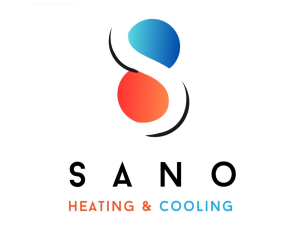
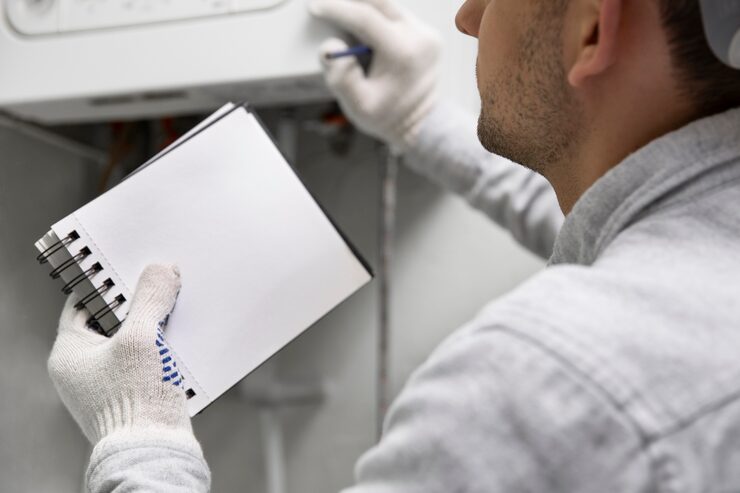
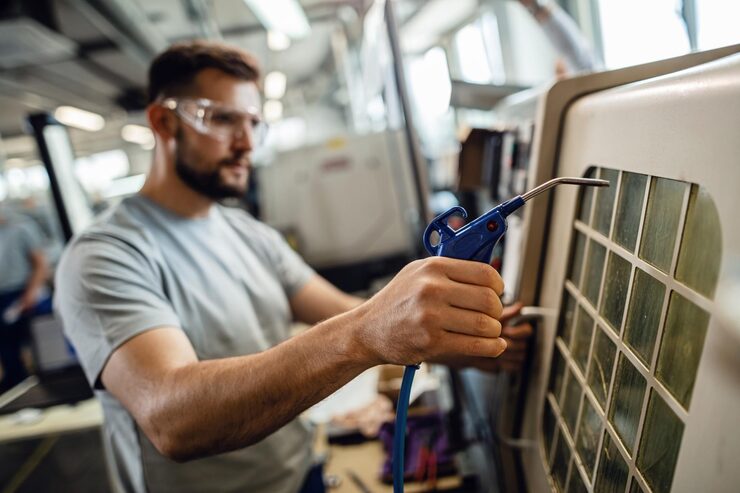
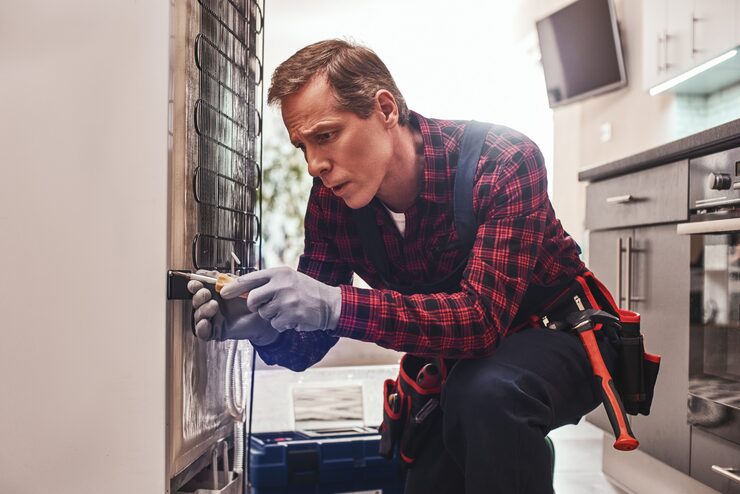
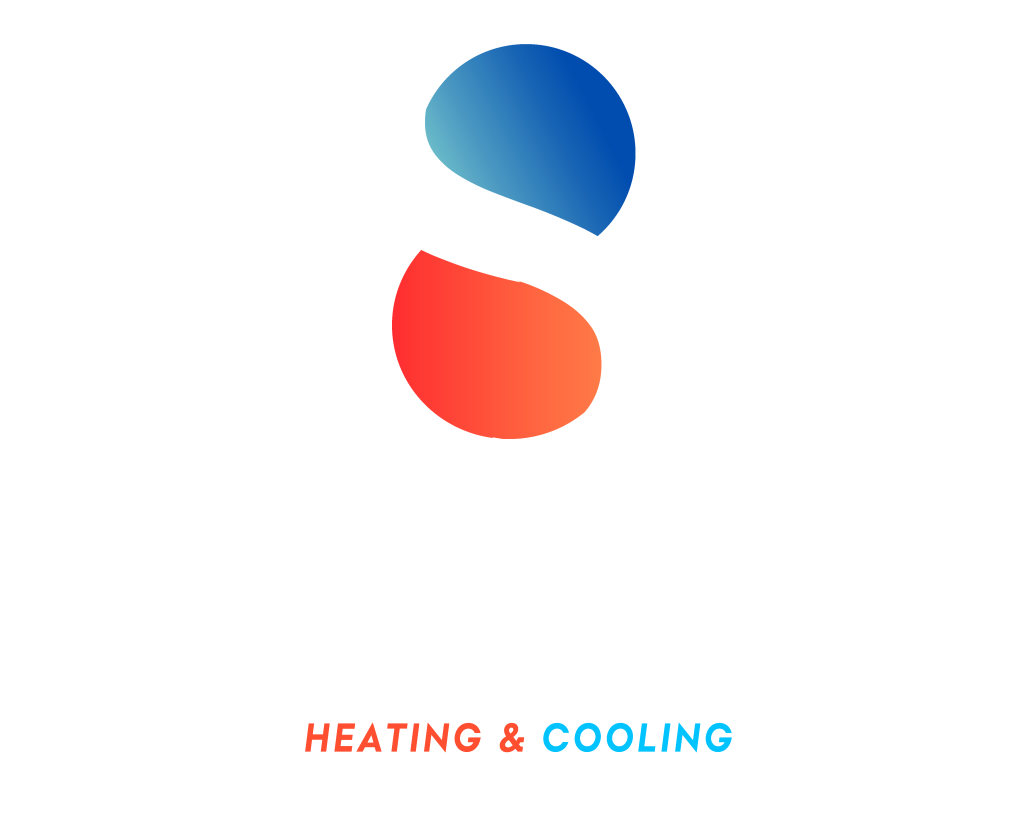
 by Canada Create Agency. All Roghts Reserved By SANO HEATING LTD.
by Canada Create Agency. All Roghts Reserved By SANO HEATING LTD.